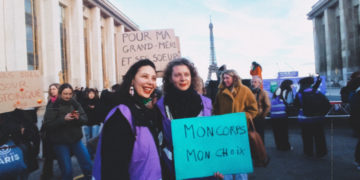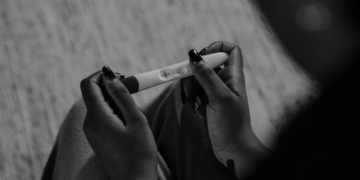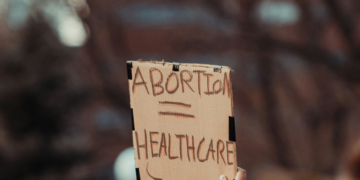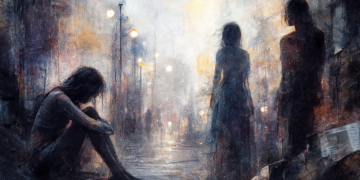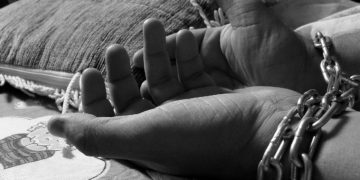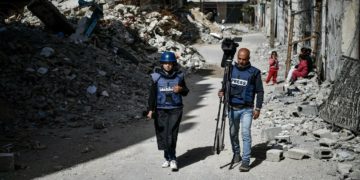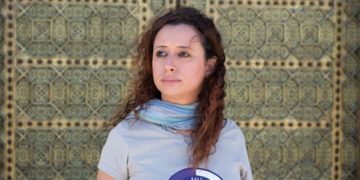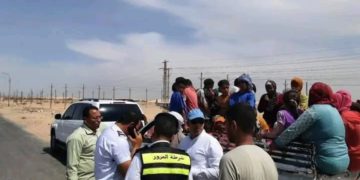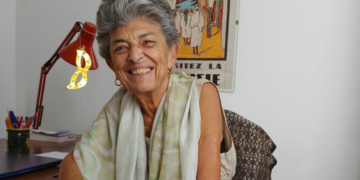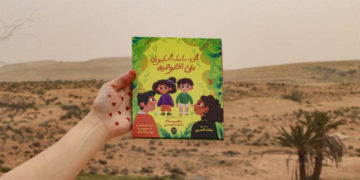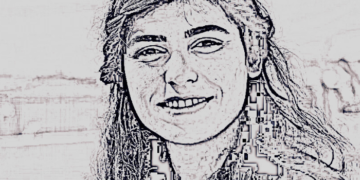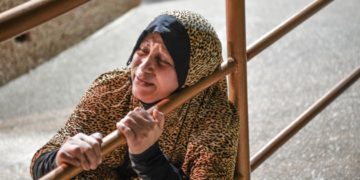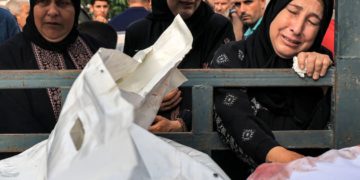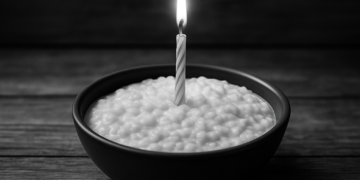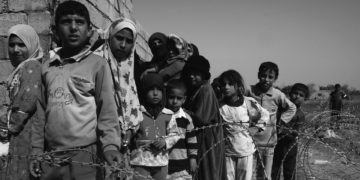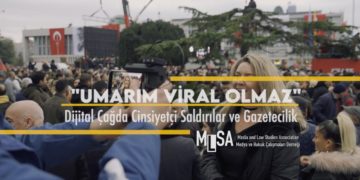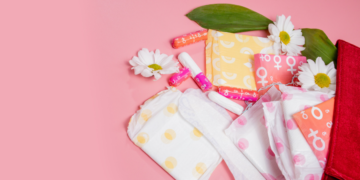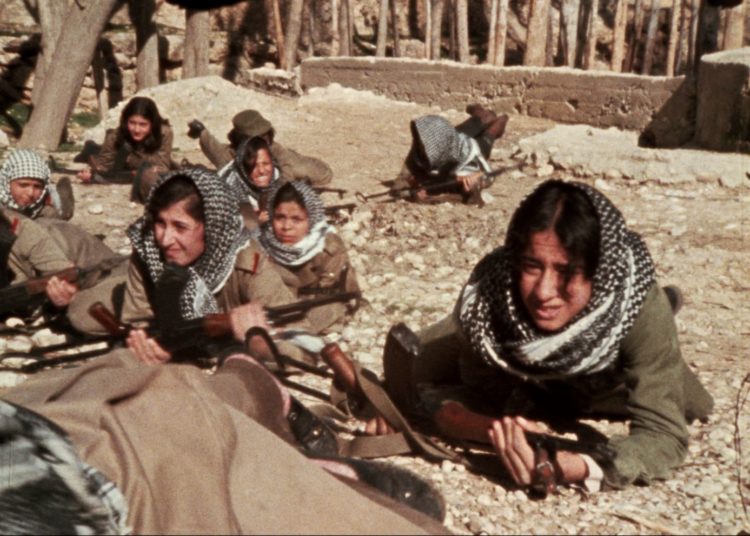This post is also available in: Français (French) العربية (Arabic) VO
I had just come from covering the war in Ukraine and had to give a conference on conflict reporting in a Spanish city. I usually travel light, especially when doing this type of coverage, for which the bulletproof vest and helmet weigh more than twenty kilos. So I gave my presentation wearing the thermal pants and sweater I had spent several weeks working in in Donbas. At the end of the event, the person responsible for the live broadcast of the event approached me. He interrupted the conversation I was having with one of the organizers to congratulate me on my intervention and, above all, to let me know that my physical appearance did not fit what he expected of a war reporter. The man gestured to my curves, my height, and he only managed to say three words: “With that hair,” in reference to my blonde hair.
He felt the need to share with me his ignorance about the long list of female reporters—of all ages and appearances—who have covered conflicts since the beginning of the 20th century, but he also believed he had the right to comment on my body.
I covered my first war in Lebanon in 2006 and, since then, I have traveled to more than twenty countries to cover conflicts and humanitarian crises. Throughout these years, I’ve suffered from the greatest examples of machismo in my country, Spain, both as a citizen and as a professional.
When you work in contexts dominated by impunity, it is common for victims of violence to feel that giving their testimony will be the only form of recognition they could experience. When human beings witness the most absolute horror, when they experience the most atrocious acts, they need to put the indescribable into words; they need to be listened to by other people so that there are more witnesses to the horror. This active listening which is carried out by the journalist is an act of recognition of the victims’ human dignity. It is the journalist’s way to show that no one should ever experience something like that. And this is why journalists should never fall into the trap of narcissism or egoism—because the protagonists of the information we deal with do not tell their experiences to us as individuals: they share this with us because we represent a society that considers it intolerable. Because we are the channel for their roaring pain at the death of a child, at rape as a weapon of war, at the destruction of their homes. We channel it so that it does not remain trapped in their throats.
In these realities, those who have suffered serious human rights violations do not make distinctions between male and female reporters when giving testimony—except in exceptional cases of religious fundamentalists.
But that does not mean, as some colleagues have argued, that women who cover conflicts are perceived as a third gender: we are women, women who are treated as equals by potential aggressors during our work in controlled contexts. But when chaos breaks out and the mob favors anonymity and impunity, we are treated as what we are: women. Take, for example, what happened in the Egyptian Tahrir Square during the protests: several journalists were raped. And when states or armed actors want to intimidate a journalist, they often choose the weapon of war most used against women, sexual violence, as occurred with Jineth Bedoya in Colombia. We are women first and journalists second. If we forget, there will always be a man willing to remind us.
The true face of war
Those who make distinctions based on gender are also those in charge of the political decision-making spaces in which the same power relations continue to operate. Consequently, we are even more exposed to the prevailing machismo in these spaces. And sometimes—even as feminists—we are forced to continue playing dumb to get the information we need or gain access to male-dominated areas like the Army and, especially, the front lines of conflicts.
We are women first and journalists second. If we forget, there will always be a man willing to remind us.
Paradoxically, this is often where our gender role allows us to access the true face of war, the one which governments try to hide because it does not fit with war propaganda and which, unfortunately, continues to dominate news coverage that communicates wars as epic video game matches. When we reporters manage to spend time with soldiers who, for example, are wounded on the front, and do so in spaces where they do not feel observed by their colleagues and superiors, that is when they share their true impressions about the war.
I was able to witness this while traveling with soldiers in an ambulance that foreign volunteers use to transfer wounded soldiers from the front to field hospitals. During those journeys, the wounded soldiers preferred to talk to forget the pain, and they all repeated that they did not want to continue fighting, that they were exhausted, tired of having to see their comrades die, of being cold, afraid, hungry, and sleepy in the trenches. That they only wanted governments to negotiate with Russia to end the war as soon as possible, so they could return home to their loved ones. And they said this freely: they felt that when faced with a woman, they did not have to maintain the heteropatriarchal fallacy of the heroic soldier willing to die for his country.
It was precisely during those transfers that I witnessed the true heroism of soldiers in war: the way in which they care for and comfort each other. Especially during the agony they suffered, moments ahead of dying before our eyes.
